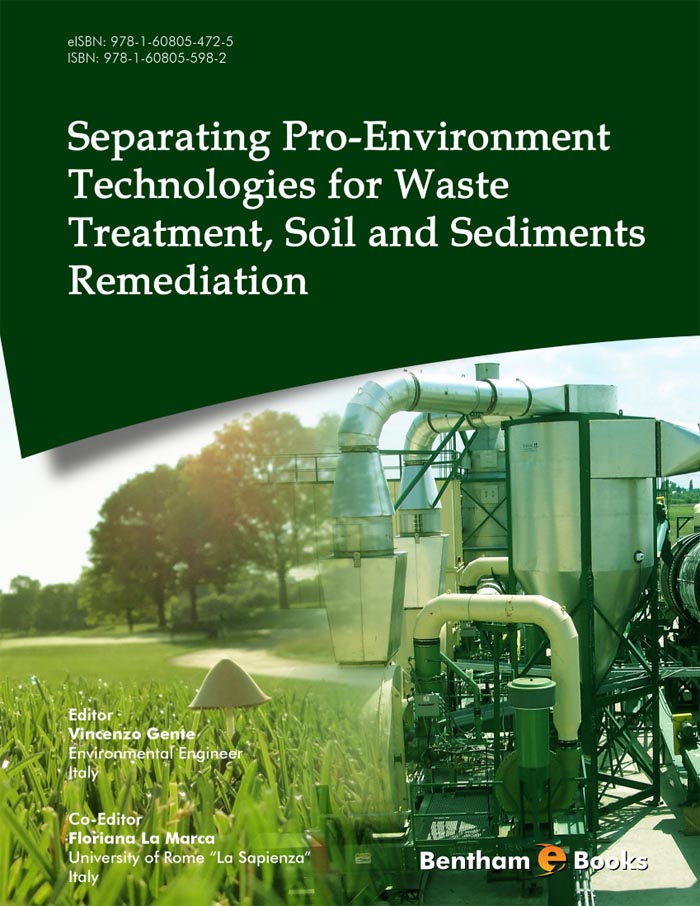The eBook entitled «Separating Pro-Environment-Technologies for waste treatment and soil and sediments remediation» aims to underline, through several well selected and presented case studies from waste and groundwater treatment as well as soil and sediment remediation, that well established mineral processing technologies may be used with appropriate modifications for hazardous waste management and the recovery of metals, including rare and precious, and metalloids.
M. Ghiani and A. Zucca explore the potential of established mineral processing techniques, such as size classification, attrition, gravity separation and flotation for contaminated waste and dredged sediment management and the recovery of marketable products.
M.T. Carvalho discusses the application of gravity concentration and froth flotation to meet the challenges in separation of plastics from packaging material and highlights advantages and limitations.
W. de Vries and P.C. Rem assess the performance of a new type of classifier, called Advanced Dry Recovery (ADR), which is able to separate moist fines from Incinerator Bottom Ash (IBA) and Construction and Demolition Waste (CDW).
J. Julius and Th. Pretz focus on the advantages of sensor based sorting to recognize multiple material properties and its potential applications in waste processing.
A. Quarta, A. Bonoli and P.C. Rem present the advantages of a shape-sensitive magnetic separator called “Clean Scrap Machine” (CSM) that pre-sorts scrap into a bulky fine steel chips fraction of high purity.
A. Bonoli and A. Pompei present the state of the art of recycling photovoltaic panels using separation technologies which enable recovery of metals as well as other materials.
F. La Marca proposes a mathematical model that can be implemented during recycling of waste refrigerators to define a partition function, utilizing data obtained from the treatment of waste refrigerator carcasses. The partition function determines control parameters and is therefore able to assess the quality of the recovered products, and, the efficiency of the applied technologies.
V. Gente and D. Lausdei present a matrix approach for modelling of a pump and treat system that is used for groundwater decontamination. The adopted approach determines the recirculation ratio of groundwater so that its final quality can meet discharge criteria.
N. Kuyucak and I. Toreci Mubarek discuss conventional and emerging separation technologies that can be used for the removal or recovery of metals, metalloids, thiosalts, cyanide, ammonia and nitrate from industrial wastewaters.
Finally, V. Gente, S. Geraldini, F. La Marca and F. Palombo propose a new approach based on hyperspectral analysis for a reliable evaluation of contaminated dredged sediments that determines their appropriate management according to standards and regulations.
All case studies included in this eBook are of great interest to engineers, scientists from national and regional authorities as well as to SMEs/industry, researchers and consultants. This eBook is also useful for post graduate students who are involved in environmental projects. The proposed technologies contribute to waste valorisation, prevention of depletion of natural resources and minimization of environmental impacts. These technologies should also be considered during LCA studies by adopting well established technical, economic, environmental and social criteria.
The efforts of the editor Vincenzo Gente and the co-editor Floriana La Marca for the selection of the case studies and the production of this eBook are highly acknowledged.
Prof. Konstantinos Komnitsas
Technical University Crete
Dpt. Mineral Resources Engineering
Chania
Greece
Email:komni@mred.tuc.gr

